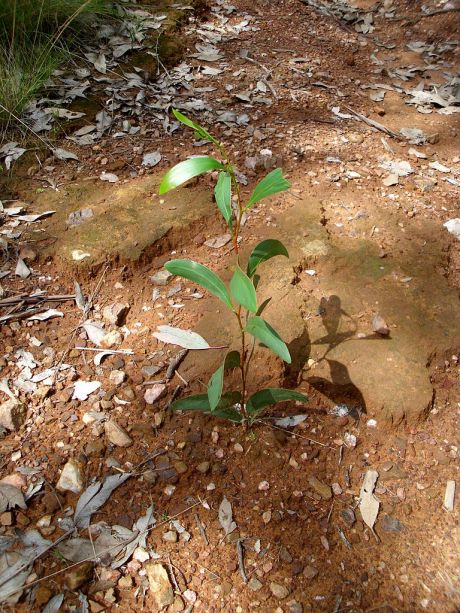How seedlings grow in the dark

Acacia_pycnantha_seedling_growing_in_the_Willans_Hill_Reserve
By Bidgee (Own work) [CC BY-SA 2.5 au (http://creativecommons.org/licenses/by-sa/2.5/au/deed.en)], via Wikimedia Commons
Scientists are discovering how seedlings use seed-stored lipids for energy while growing in the dark but produce sugars through photosynthesis once in the light. Controlling this dark-to-light growth switch will help to produce oil-rich plants.
When seedlings germinate underground in the dark they cannot use
photosynthesis to produce the sugars required to fuel their growth. They
instead use lipids stored in the seed and break them down into sugars.
Once they push through the ground and emerge into the light, seedlings undergo a series of physiological changes in preparation for photosynthesis. While still in the dark, however, these changes are repressed by proteins known as phytochrome-interacting bHLH transcription factors (PIFs).
The EU-funded PIF OIL (Regulation of seed storage oil mobilization (SOM) by the phytochrome-interacting bHLH transcription factors PIFs) project wanted to find out how PIF proteins regulate lipid mobilisation in response to light.
PIF OIL used a model plant missing four PIF proteins (termed pifq) to analyse how they control the transition from lipid- to photosynthesis-induced growth. Researchers found that physiological responses and growth of pifq seedlings in the dark resembled those of normal seedlings grown in the light. These changes included a reduction in lipid mobilisation in the dark normally only seen once seedlings are exposed to light.
These results indicate that in the absence of the PIF proteins, the dark-grown seedling is fooled into thinking it is growing in the light. PIF proteins are therefore responsible for communicating to the seedling that it is in the dark and must mobilise lipids for growth.
They do this by repressing factors required for photosynthesis. Upon exposure to light, PIFs are degraded, reversing their repression and allowing light-induced growth.
Understanding how lipids stored in the seed help to establish seedlings in the first few days after germination is important for producing healthy field-grown plants. This information may also be used by biotech companies wanting to produce plant-derived oils for both food and feed.
published: 2016-02-08

